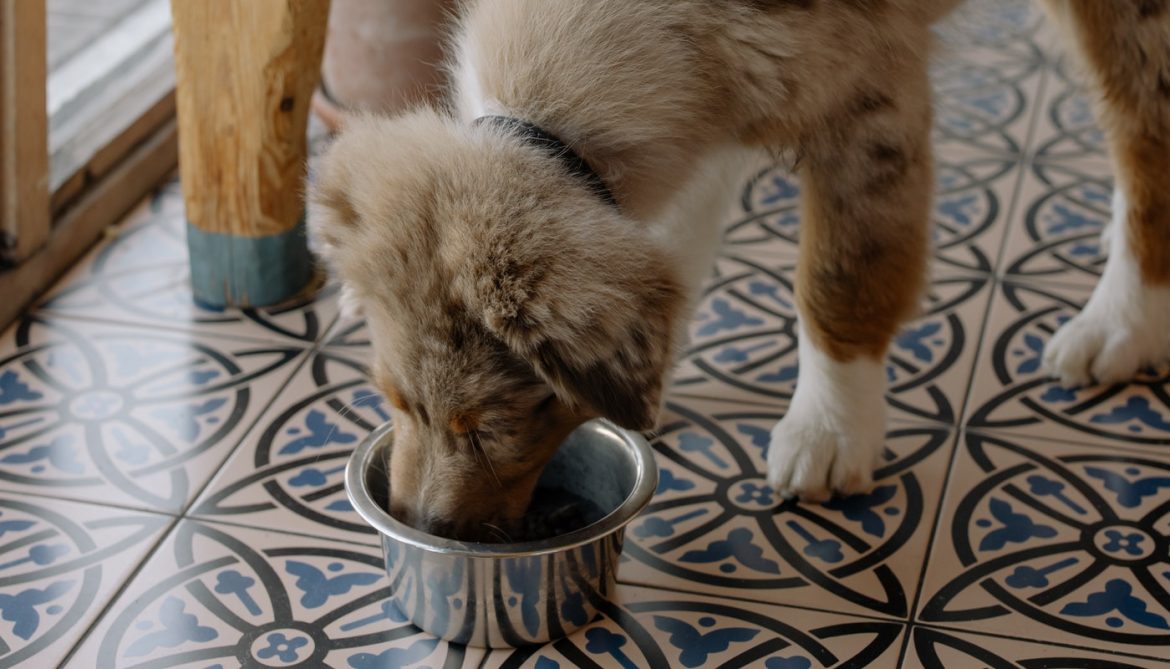For us dog-parents there’s one major question that always plays a huge role: What is the best diet I can feed my puppy? All we want is something to provide our furries the best nutrition long term while also keeping things manageable in our daily life.
It all can seem like such a big deal – but it does not have to be! Once you get over the initial struggles and challenges things will start falling into place – it’s just kind of a test period to make sure you’re dedicated before getting rewarded.
So let’s get into it – today we will take a basic look at what our dogs are meant to eat and understand some of their nutritional needs by understanding their digestive process better.
Wild or domesticated, breed or mix, pet or streetie: Dogs are Omnivores! Cats on the other hand are actually carnivores and have less choices to fulfill their nutritional needs. Dogs being omnivores means that Dogs are able to retrieve nutrients not only from animal-based food sources but also from plant-based food sources.
Back to the basics
Variety and balance are the key to unlocking the benefits of a better diet for your dog! Always important is keeping the nutrient availability in mind.We have to look at different kinds of foods in different ways to be able to use them right. By knowing our food sources we can make sure our dogs can actually absorb the nutrition we think we are feeding them.
Vegetables and fruits for example need to be ground, mashed or cooked to make the nutrients inside available to our dogs‘ digestive system. Digesting raw plant matter is quite the complex process – as displayed by the elaborate digestive process of ruminants. Dogs have a quite aggressive digestive process that is not able to break down cellulose (plant cells) the same way that herbivores are. This means we have to process the plant matter somehow before feeding it to our dogs. We are basically trying to do the first digestive step for them by breaking down the cell walls for our dogs. This enables their bodies to get more nutrients from the veggies & fruits that are being fed.
There are many ways of making this happen – let’s look beyond cooking the veggies right now! Grating or grinding veggies and fruit raw instead of boiling them has many benefits! Among the top advantages is that heat-sensitive organisms and nutrients such as digestive enzymes and vitamins stay intact and alive. The texture of grated vegetables can even help scrub the intestinal lining and by that helps remove internal parasites.
Fermenting vegetables is another ancestral way of processing plant matter and is a great way of supplying probiotics to our dogs diet! You see – adding more fresh whole foods to your dogs diet can be as easy and rewarding as adding some mashed fruit to your dogs bowl!
Feeding your dog in general should not be a such a big headache! The good thing is – once you understand certain basics, it will be a breeze to custom build a diet that works for you and your dog!
Now for the part that’s a bigger worry for many-Raw Meat
When you manage to source high quality raw meats and bring yourself to handle them – there are still many questions open! For many beginners issues revolve around balance and variety in the diet. When feeding our dogs we have to keep in mind to meet certain balances between nutrients.
That means on one hand to feed more than one protein – for example Chicken as the only protein will cause inflammation long term. A dogs diet needs balance between proteins – especially if chicken is the main component of the diet, fish has to be a part as well. Fish is rich in the essential Omega 3 Fatty Acid which Chicken is lacking while Chicken carries the Omega 6&9 Fatty Acids that Fish does not supply significantly. The same goes for most other nutrients as well – they need to be gathered from different sources!
Another aspect of balance is the balance between muscle meat, organ and bone. Feeding only muscle meat deprives the dog of essential nutrients especially found in organs and bones – every part has it nutritional benefits and uses in nature. If it is difficult for you to handle raw organ meat or you are scared of giving your dog raw bones – check dehydrated options to make up for the nutrition!
There are a plethora of add-ons you can add to the bowl in general actually! Adding powdered marine algae like Kelp or Spirulina helps immunity, herbs such as slippery elm can help with an upset tummy, turmeric has anti-inflammatory properties and can benefit joints, fermented veggies have great probiotics to strengthen the gut flora – there are so many options if you keep your eyes and mind open! But – balancing the diet doesn’t mean every bowl has to be perfect! It just means to keep a check on keeping a rotation of nutrients in the diet.
By knowing your dogs system you are enabling yourself to be able to help them thrive by adapting the diet. Feeding your dog better is a process, take your time to reach goals and set your expectations right. Going step by step might be hard but it helps you understand every reaction and know your dog inside out ultimately!
Transitioning your dog to a new food or diet can result in transitional reactions as well – by changing the diet slowly and being aware of the processes inside the body you can make informed decisions about your dog and have much less worries.
,

